Ukiyo-e
Ukiyo-e, traditional Japanese prints, have existed since before the 17th century but truly flowered during the Edo period (1603-1868). They were mass-produced and created for mass-consumption by the common man. A four-part team of artist, carver, printer and publisher worked together to produce these images of “the floating world” – impermanent places of pleasure. Geisha and courtesans, kabuki actors and sumo wrestlers, were all common subjects, such as in Utamaro‘s “Beauty in Front of Mirror”. (At that period, the nape of the neck was considered one of the most erotic places on a woman’s body)
Landscapes also were popular and large series, such as Hokusai‘s “Thirty-six Views of Mt. Fuji” were common. This first image from the series has become one of the most iconic Japanese images ever.
During the Meiji Restoration, everyone (including artists) was so busy trying to modernize, and ukiyo-e fell out of favor. Artists wanted to study oil painting, often traveling to Europe to do it, only to discover that Monet had a houseful of Japanese prints. His dining room at Giverny had over 50 prints alone and his collection included “The Great Wave off Kanagawa” shown above, as well as over 200 others.
Monet was not the only artist influenced by Japanese prints. Van Gogh made his own version of Hiroshige‘s “Sudden Shower at Atake”. Many other 19th century artists also reflected Japanese sensibilities and themes in their work.
Just as the West was influenced by Japanese art, Western art had a huge influence on Japanese print makers. So, as the century turned, two new movements in Japanese print making were born.
Shin Hanga
Using new ideas about light, shadow and perspective learned from the Impressionists, the shin hanga (new prints) movement revitalized the traditional 4 tiered ukiyo-e structure. Like ukiyo-e, shin hanga prints could be produced in very large numbers, with some popular images running into the thousands. It is estimated that Hiroshi Yoshida’s “Avenue of Cherry Trees” has been printed over 3000 times.
The prints were not overly popular at home, but instead designed to appeal to a Western customer, with their romantic and nostalgic views of Japan.
Don’t you think Kawase Hasui’s “Fisherman at Sunset” could almost be mistaken for a Van Gogh?
Sosaku Hanga
Simultaneously, the sosaku hanga (creative prints) movement began around 1910 and gathered steam during the pre-war years, reaching success after World War II. Artists of the sosaku hanga movement believed that they needed to carry out each step – design, carving and printing – for the work to be classified as art and not a commercial product. This definition feels correct to the modern reader, although in truth, many of the great European painters throughout the centuries had studios with students and helpers working on their paintings. But the creative prints movement scorned the “copies” made by the shin hanga artists.
Some of the early print artists actually had bad and/or primitive technique as they were often self-taught. Yet the prints have a sense of sincerity and naivety. Kanae Yamamoto, the “father” of the movement, created simple wood engravings that still feel fresh today, as seen in his 1912 “On the Deck”.
As Yamamoto turned his attention to his other idealistic ventures, Koshiro Onchi took up the mantle of the sosaku hanga movement and continued at its core and key mentor through the war years. This period also signals the start of true modernism in Japanese art, as the creative prints movement turned away from representational art and explored abstraction. I love the title of the Onchi print below: “Allegory: Columbus’s Egg”.
Like shin hanga prints, Westerners were the main purchasers of art by the sosaku hanga group, particularly after WWII as they were aesthetically tuned toward modern art and abstraction. This was spurred on by the publication of Modern Japanese Prints: An Art Reborn by Oliver Statler, who became an influential collector, critic and spokesperson for Japanese printmakers. I recommend that anyone interested in modern art procure a copy.
Contemporary prints (such as those in the CWAJ Print Show) are the heirs of the sosaku hanga movement. Advances in technology have allowed artists to add techniques to their repertory, but the artist is still the creator at every step in the process .
Image credits: 1.Utamaro Kitagawa, “Beauty in Front of Mirror” via kimonovintage.blogspot.com, 2. Hokusai Katsushika, “The Great Wave at Kanagawa” and 3. Monet’s dining room at Giverny via intermonet.com, 4. Utagawa Hiroshige “Sudden Shower at Atake” and Vincent Van Gogh “The Bridge in the Rain” via wikipedia.com, 5. Hiroshi Yoshida “Avenue of Cherry Trees” and 6. Kawase Hasui “Fisherman at Sunset” via hanga.com, 7. Kanae Yamamoto “On the Deck” via Nihon no Hanga 8. Koshiro Onchi “Allegory: Columbus’s Egg”

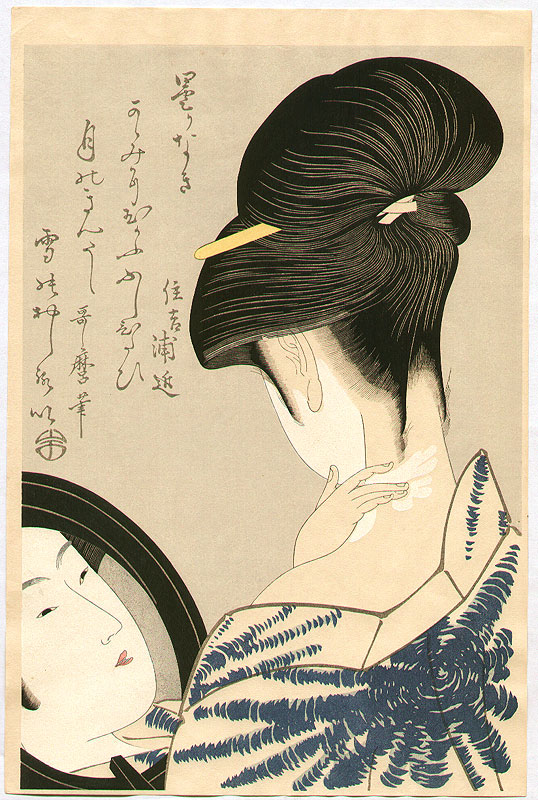
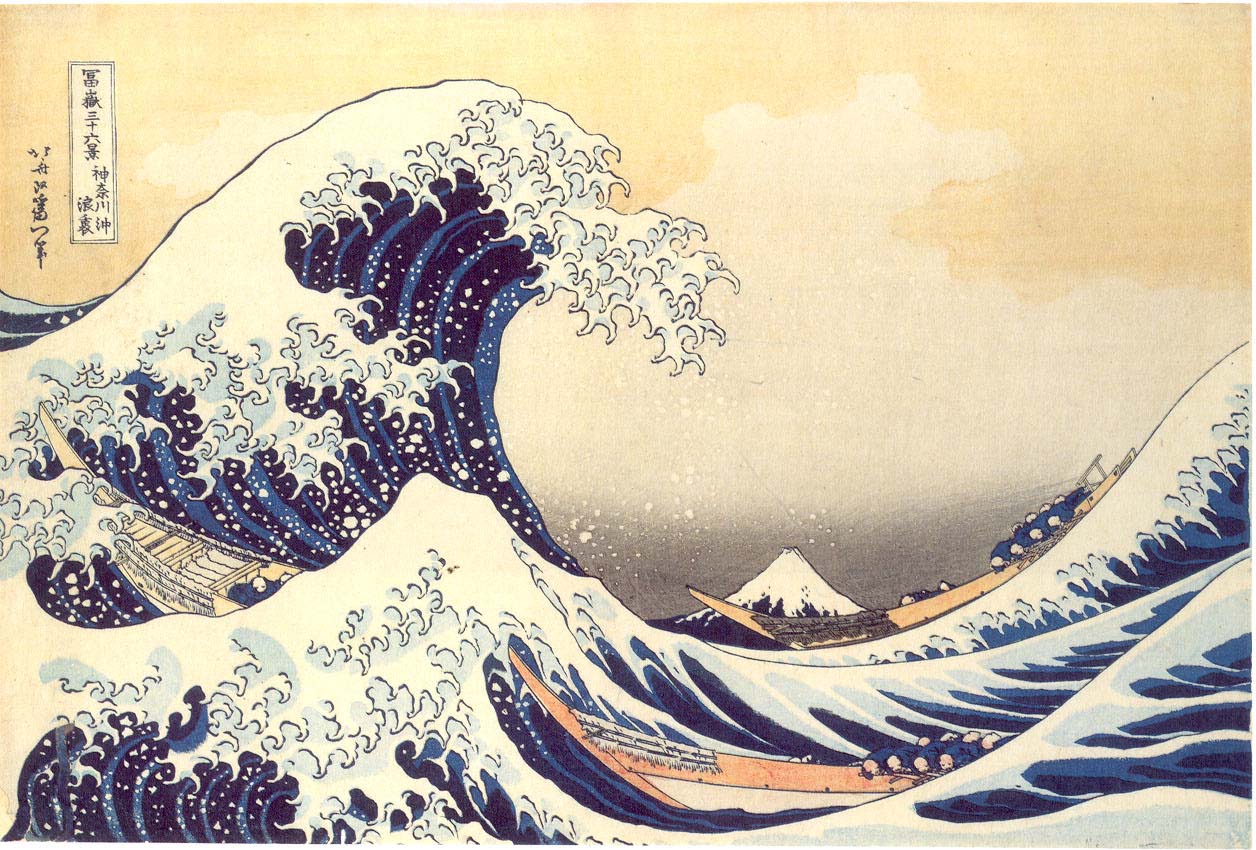
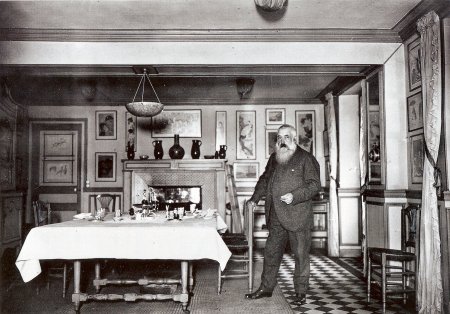

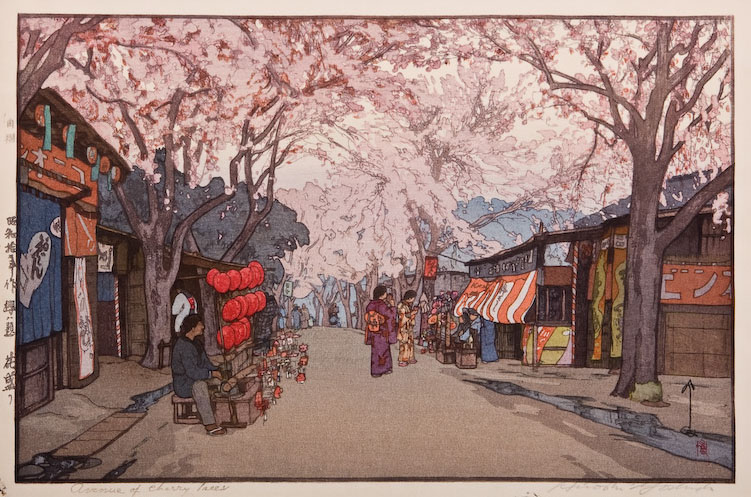
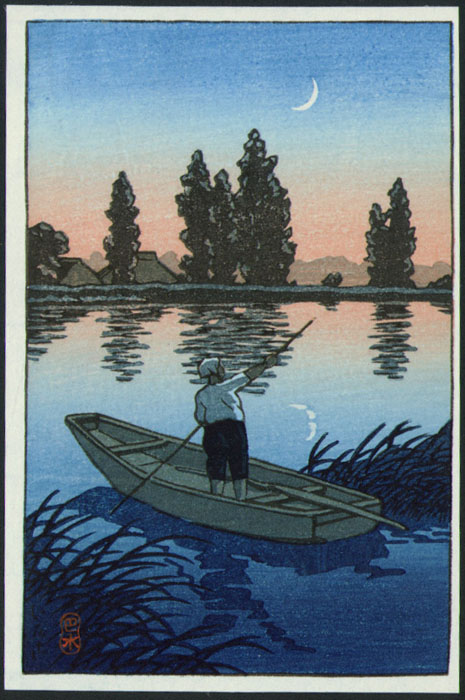
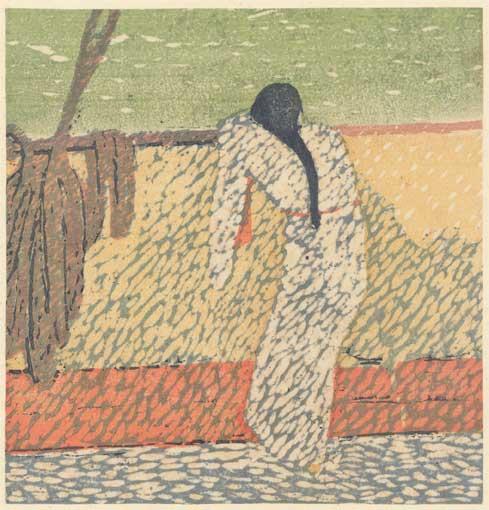
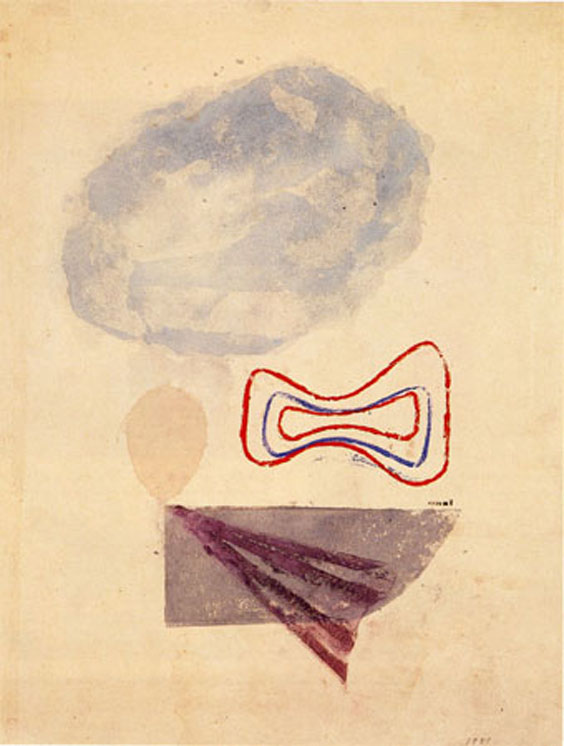
Thanks a lot for that extremely cool post.
Tussle at the Antique Jamboree…or the Never Wait Rule « Tokyo Jinja
[…] actually) even though I was not out shopping for prints or anything particular at all. Much like ukiyo-e, they were mass printed on paper and probably bound in some sort of book or pamphlet originally. […]
Falling Softly…Snow Scenes in Japanese Prints « Tokyo Jinja
[…] For more on Japanese prints see Hanga 101…a Quick Primer on Japanese Prints. […]
I donâ t work that way When you purchase one of my prints the image is as seen and has not been manipulated.